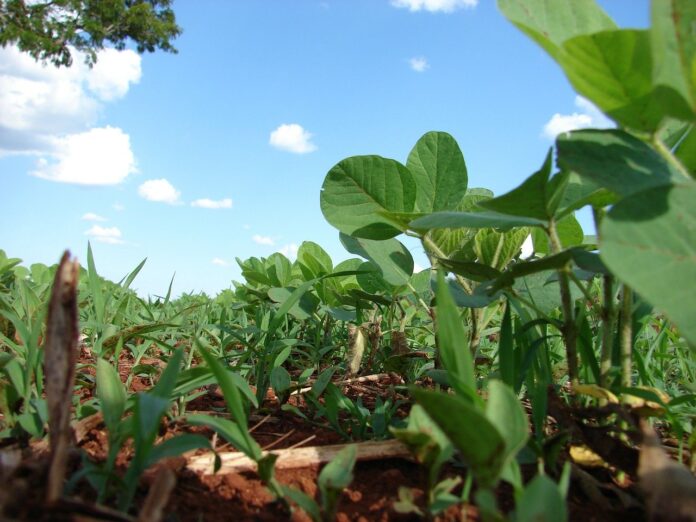Grain markets reacted to better-than-expected rains in Argentina to drop March futures back to a low of $6.611⁄4 on Jan 23. I can only say that we are looking for reasons to move prices.
Reason came back into the market as we quickly came back to $6.93 Jan. 30. That is near the recent high, but disappointing to those shooting for the magic $7.
Soybean futures used the same rain to gap lower, but soybeans have a better connection to Argentine weather. They also have bounced back. The low was Jan. 25 at $14.781⁄4. The recent high was Jan. 30, with a return to $15.38.
We had a higher trade Jan. 18 at $15.481⁄2, but that is close. So far as this was being written Jan. 31, we were trading just below $15.38.
Uncertainty
The biggest worry in the corn markets should not be rain, but export reports and future sales reality. The corn exports this week were up close to expectations to meet our U.S. Department of Agriculture goals, but we are facing the reality that China is shutting us off.
It is expected that China will fill its needs in South America, and that hangs over the markets. Right now, it seems like traders are not convinced that will happen. If the Argentine drought continues, they will not have the corn to sell China.
If the pace of soybean planting does not finish the crop in southern Brazil, there will not be time to get the safrina corn crop planted. The futures market thrives on uncertainty, so keep in touch as this story unfolds.
Long-term
The big long-term story in the corn markets is the expectation of planted acres. This is the time of year when we start talking about this, and also bean and wheat acres. We get real numbers March 31 in the critical prospective planting report from USDA.
Right now, I am hearing of 90.5 million acres of corn to be planted. This compares to the 88.6 for corn last year. If we use a trendline yield of 180.5 bpa, that 90.5 million acres would give us a crop of 14.9 billion bushels versus the 13.93 of last year.
That would indicate that sales should be made before the market decides we will have a crop that big. I am not sure why we expect this increase in corn acres. We had been talking about high cost of inputs. That and the high price of soybeans would seem to favor soybean planting.
However, farmers have seen fertilizer prices decline, so that might be helping the corn planting ideas. There is nothing wrong with the price of corn. I do believe that the American farmer likes to plant corn and always favors that when it can be justified.
It should be noted that, with the decline in fertilizer prices, the net returns to corn are historically high right now. Many farmers are locking in sales and inputs to capture the hoped margins. For the week, March corn rallied six and three-quarters cents. We have been sideways since then.
Soybeans and wheat
Going back to soybeans, we see export sales at the highest in six weeks at 42.1 million bushels. This means we are more than meeting our USDA expectations and are 5% ahead. China has continued to buy our beans, but will soon switch to South American origins.
Chicago wheat prices were up eight cents for the week. A look at the chart, however, indicates that this gain is a ho-hummer. The wheat chart has been sideways to just a little lower for months. This bump in price was a technical upturn for an “eh market” however.
The biggest market changer for wheat is just ahead, as the winter crop comes out of dormancy. There is a lot of fear of abandoned acres ahead because the crop was planted in dry conditions and much of it may not have germinated. Production uncertainties in wheat get us talking about more corn and soybeans. It will be easy to abandon cheap wheat in order to plant high-priced corn or soybeans.
In areas where there is enough rain, we will see corn planted. In the spring wheat areas, the choice will be to plant cheap wheat or to switch to high-priced soybeans.
The market is talking about the possibility of the total planting of the three crops being up three million acres. Some of this may come from cotton, which is cheap now.
Some may come from marginal acres that are not usually planted but will be at these prices. These are the orphan acres that are hard to work with our modern, 40- and 60-foot equipment.
These are the acres of permanent pasture that have just been lying there. Again, stay tuned.













